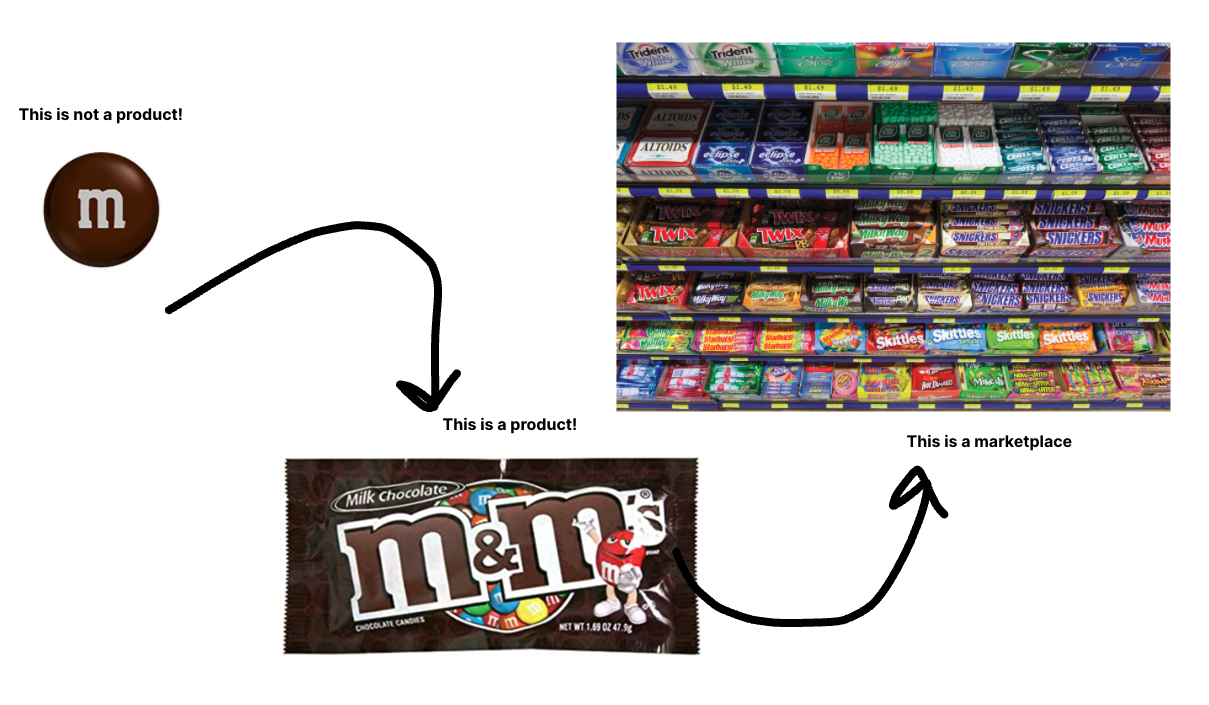For a long time, journalists thought the “product” they produced was articles. It isn’t and it never was. For most of the 20th century, the product was the physical newspaper. The product was double-sided paper thrown at the doorstep every morning. Reporters produced articles and they were packaged inside the product, like so many chips in a bag.
The product of news has evolved and so too has our industry’s thinking towards it. The Online News Association, a space for all things digital journalism, has become so successful that splinter associations are forming to capture specializations. The News Product Alliance is a professional organization dedicated to folks who think about the product of news. News and product, as the name suggests, are inexorably aligned. One could even say they’re married.
The content management system is your first editor, I wrote in 2017. “Technical features of a CMS dictate editorial,” I wrote, “It’s as simple as that.” Trust, information and editorial meaning isn’t just what we report, write or broadcast, it’s impacted by how we design the experience, from the layout to the algorithm to the CMS that determines what input fields are possible. All of those are part of the equation, which either creates or dissolves trust.
In 2007, I remember painting our apartment’s living room with a friend who spent summers working with his father, a professional painter. Our friend was twice as fast and insisted on taking the “cuts,” or corners of walls where colors changed. He taught us how to avoid spilling “the product.”
The way he referred to paint as “the product” throughout the day was obviously second nature. For us, it was odd to think of paint as a “product.” But a professional knows what their product is and what their service is. Like professional painting, news organizations have a mix of both. We collect, filter and distribute information. How we collect and filter is a service, but how we distribute that information is where the rubber meets the road in how consumers experience our product.
Journalists need to better understand what our product is.
Today the single unit is often a webpage with an article on it. But again, that’s a product in the way a single M&M is the product of the Mars Candy Corp. The M&Ms come in packages. That’s what people pay for. Too many people in media think the audience will pay for their single, chip-sized portion of journalism.

(David Cohn)
Here’s why this is important: We live in an era in which we need to rethink journalism. A lot of digital ink is spilled on various takes about “community journalism,” “people powered journalism,” “service journalism,” “slow journalism,” and more. And I don’t mean to put any of these down. They are all valuable attempts to reform the culture and service of journalism that came out of the 20th century and that is ready to be renewed.
Since 2014, however, I have been arguing that products and features speak louder than manifestos as applied critique of how news can be reimagined.
This is not to say every reporter has to be a product person. But we’re starting to acknowledge as an industry that the product is a kind of editorial output. It might even be the base layer needed to produce any content (the CMS comes to mind again). It is also the method to create any “package” that can be sold to consumers or advertisers.
Just as we learned that journalists must recognize and embrace the business side, so too must we understand the product side of our business. I see few journalism schools that acknowledge this (Cindy Royal, a professor in the School of Journalism and Mass Communication at Texas State University, should be the standard, not an exception).
We could just throw up our hands and find product people from outside our industry to solve this, but if products are a kind of manifesto on how journalism can be rethought, is this really something we should outsource?






